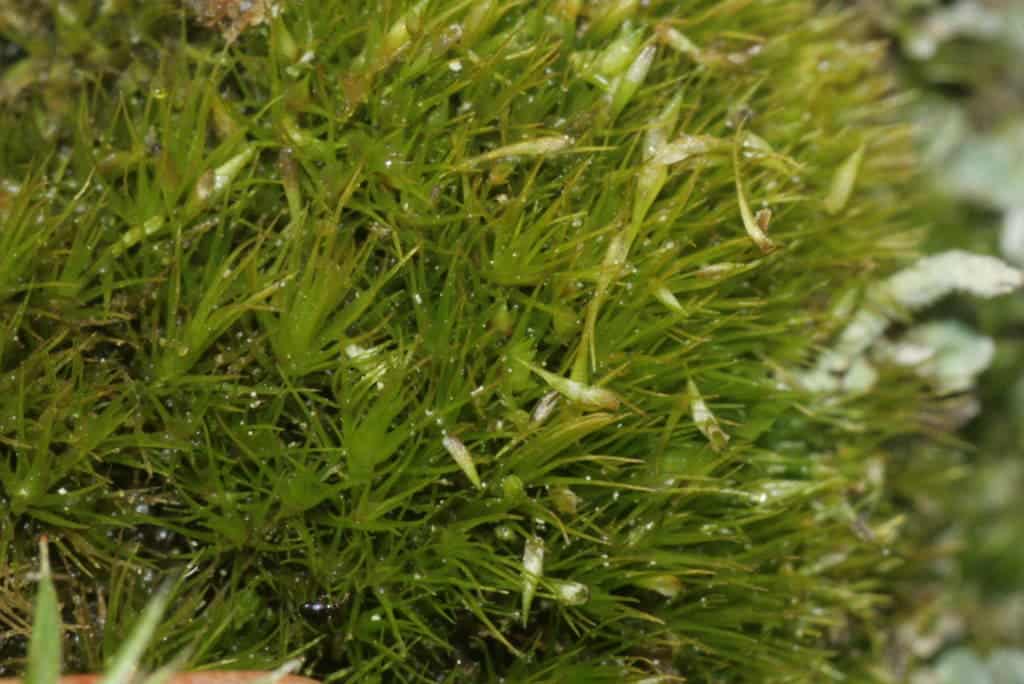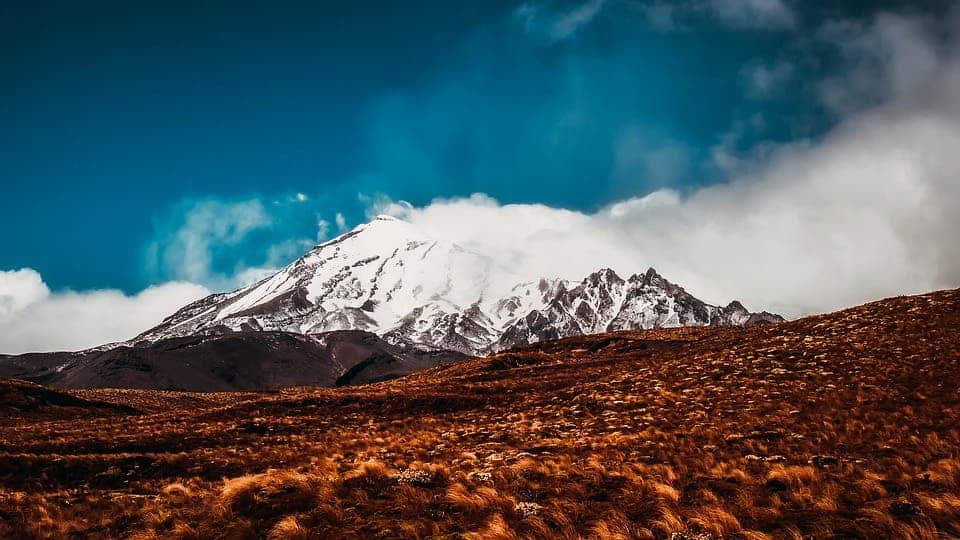Sometimes, a carefully planted and cared for rose withers away, while a happy dandelion rises up from the sidewalk asphalt. Plants greatly vary in their environmental preferences and overall resilience, but this is something else: researchers have found plants thriving in soils that reach unbearably hot temperatures.

New Zealand truly is one of the most special places on Earth. The eternal spring, the gorgeous landscapes, and of course, the magnificent volcanoes, have worked together to create some of the most amazing habitats you’ll ever see. Much like in other volcanic countries such as Iceland, New Zealand can boast a significant number of geothermal fields, where hot molten rock heats up the ground above, giving birth to numerous geysers and hot springs. Mark Smale at Landcare Research in New Zealand wanted to see just what kind of plant life can live under these conditions, so he set out to survey 15 such fields in the Taupo Volcanic Zone of New Zealand’s North Island. He and his colleagues cataloged the soil temperatures, they analyzed the pH level and metal content and took samples for further analysis. Of course, they also took samples of the vegetation that they encountered in these conditions.
As expected, they found that most areas in geothermal fields have extreme pH levels and high (sometimes toxic) levels of metals — which can greatly affect plant growth.
As a result, only plants with shallow roots can survive in these conditions: species such as mosses or liverworts. Shrubs were the tallest forms of vegetation they encountered. Since temperatures and metal content get higher the deeper you go, these plants have adapted to not go too deep with their roots, and spread laterally.

For instance, one species, the dwarf swan-neck moss (Campylopus pyriformis), a species found in a variety of climates, was found to be surprisingly resilient. It was so tough that it even survived soils as hot as 72C — the only species to do so.
“It supports only one species,” says Smale. “Apart from perhaps thermophilic algae, no plants can survive temperatures above about 80°C.”
Soil temperature was found to be the main limiting factor when it came to plant growth and plant survival. Where temperatures went just a bit lower, at 68C, geothermal Kanuka, a shrub endemic to New Zealand, and staghorn clubmoss, Lycopodiella cernua, were also found. Overall, very few flowering plants were found, with mosses and shrubs generally being more resilient and adaptable.
Todd Rosenstiel from Portland State University, who studied plant communities at geothermal sites in Lassen Volcanic National Park in California, said he found similar results in his work.
“There seems to be a convergence of plant community structures across geothermal zones,” he says.

Now, Smale and his colleagues want to make a further classification of the vegetation found in such areas, to see whether conservation measures are in order. Ásrún Elmarsdóttir from the Icelandic Institute of Natural History in Reykjavik says that this vegetation is vulnerable, being threatened by geothermal projects and by the fact that many tourists often trample it.
It’s also worth noting that being adapted to such an extreme environment actually makes these plants pretty much immune to climate change — one of the very few species which can boast that.
“They are some of the few sites that are immune to climate change,” says Smale.
Journal Reference: Mark C. Smale, Susan K. Wiser, Michael J. Bergin & Neil B. Fitzgerald — A classification of the geothermal vegetation of the Taupō Volcanic Zone, New Zealand.


